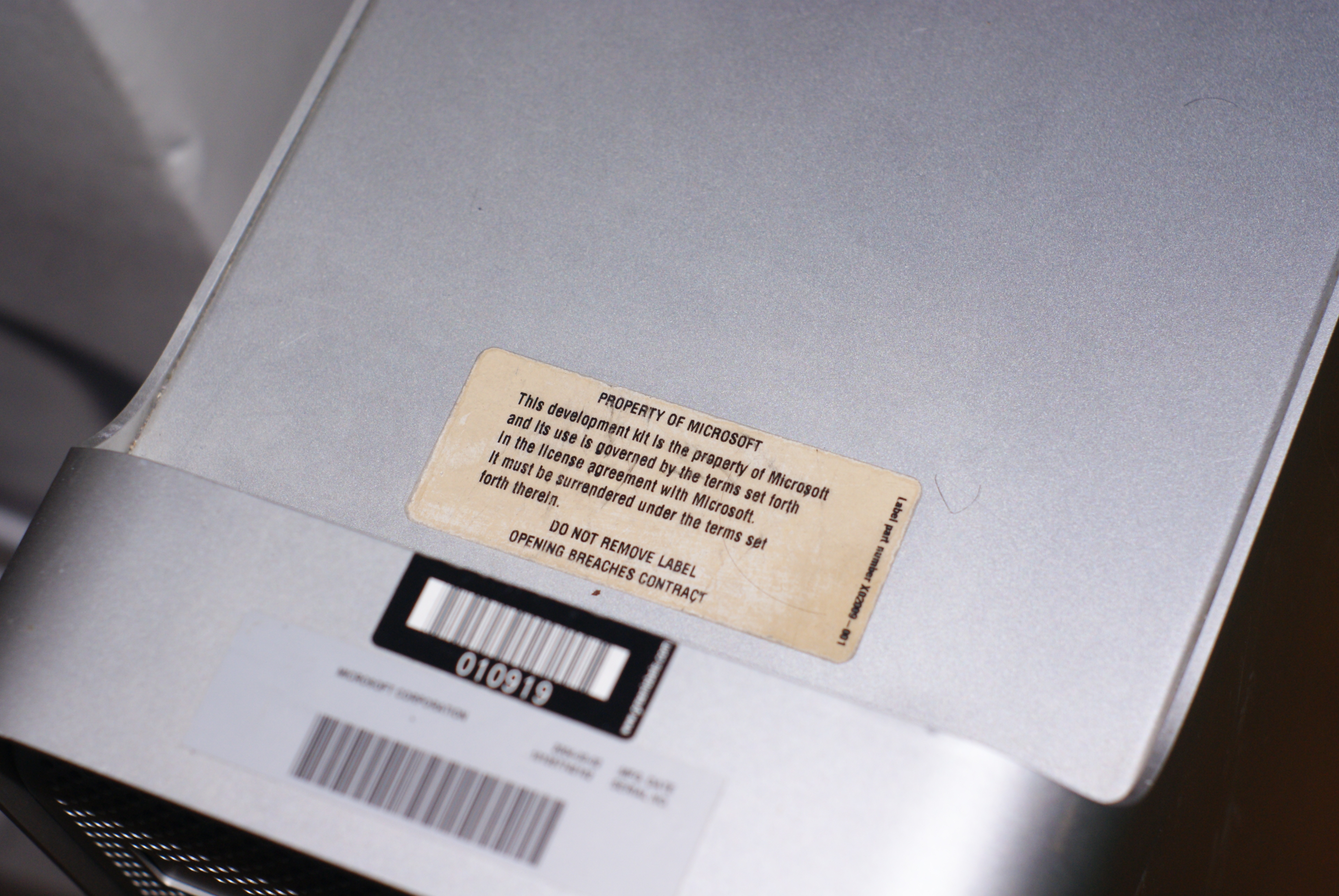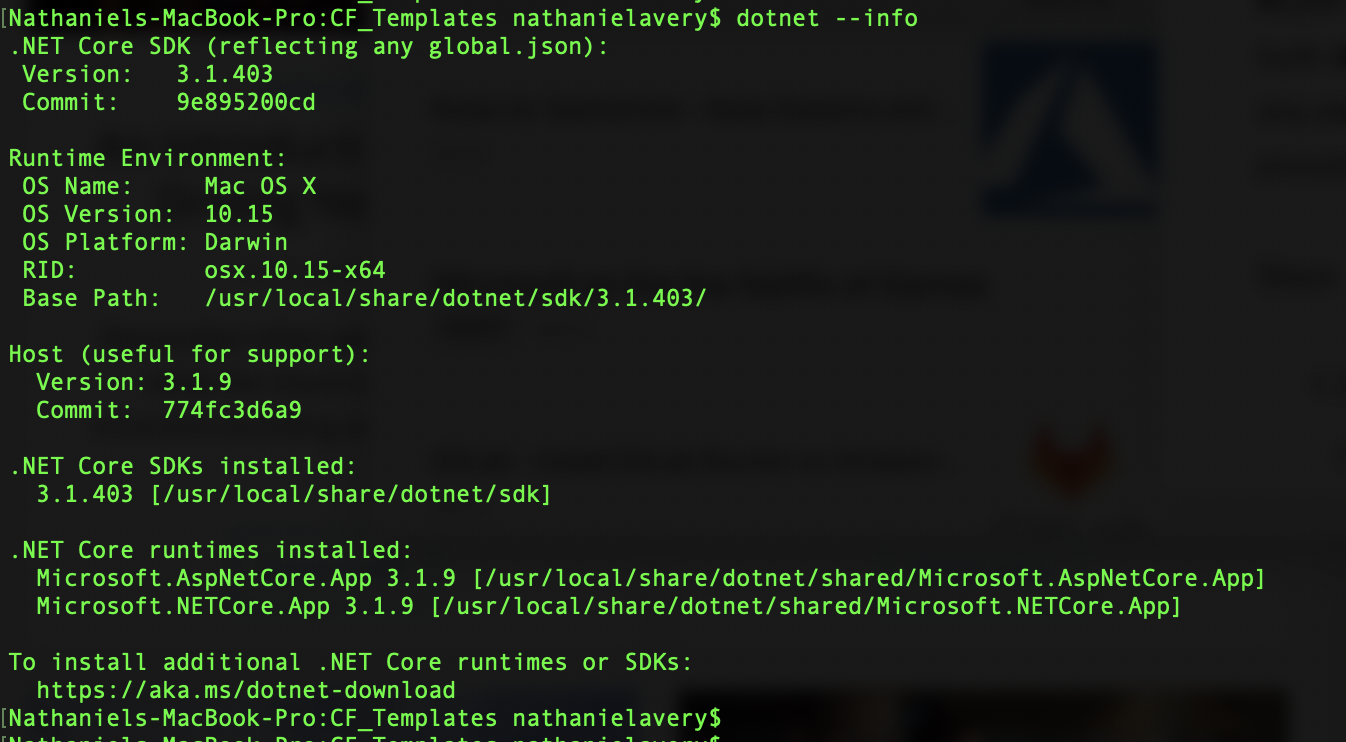

- #Macbook os x sdk how to
- #Macbook os x sdk android
- #Macbook os x sdk windows 7
- #Macbook os x sdk mac
You will not be able to run Google Maps for instance.
#Macbook os x sdk android
Note: This is of course an extremely early build of Android Froyo and is missing many of the components you may expect. The emulator should open automatically and you will be able to try out Android Froyo! Now you can simply select the AVD you have created and click Start. Now, from within the Android SDK and AVD Manager window you will see the emulator or AVD you have just created in Virtual Devices in the left column of the manager window. Once you have configured the emulator to your liking, click Create AVD and wait for the process to complete.ĩ. You will also want to select a screen resolution that works best for your display.Ĩ. Keep in mind that you will want to make sure Android 2.2 – API Level 8 is selected under Target. You can fill out these settings to your preferences. Now you are within the “ Create new Android Virtual Device (AVD)” window, which is where you will configure your Android emulator or virtual environment.
#Macbook os x sdk windows 7
RELATED: Download Firefox 4.0 (圆4) 64-bit for Windows 7 & Vistaħ. Once you’re there, select New on the right side of the window. Now you will have to navigate to the “ Virtual Devices” window from within the left column of the Android SDK and AVD Manager. Once the new download list appears, you will want to select the items shown in the image below, which include some necessary resources and tools as well as the OS itself.Ħ. Now you will be able to download the repository, which will provide you with more download options.ĥ. In the left column of this window, click the Available Packages button. Now the Android SDK and AVD Manager window will appear. Next you will have to start the SDK manager app by opening an app or script called “ Android” from within the Tools folder.Ĥ. This will give you a list of files and folders as shown in the image below.ģ. Once you have downloaded the SDK, extract it.

#Macbook os x sdk mac
First download the Android SDK for either Mac or WindowsĢ. Here’s what you will need to do to access the Android 2.2 Froyo Emulator:ġ. Unlike the iPhone OS SDK and Microsoft’s SDK, thankfully the Android SDK is available for both Windows and Mac. This is made possible via the SDK (Software Development Kit), which is also where devs access the tools and resources necessary to build apps.

Of course, it is not guaranteed that everything will work, but it's better than nothing (and than being forced to buy a new Mac).Like the iPhone OS and most other mobile operating systems, developers can typically access an emulator in order to test out apps on their computer before on an actual device. I've tried with success all the examples in the JavaFX SDK. You won't be able to see the JavaFX widgets in the editor preview (I've not understood why), but your applications will compile and run fine. I've not been able to make it the default JavaFX platform, nor to remove the default "JavaFX SDK on Java 1.6 (default)" that will be broken, so you need to manually assign your custom JavaFX platform to all the projects. Just make sure you run NetBeans on SoyLatte (you have to configure it on nf remember to add -laf. to netbeans_default_options or it won't start) and create a new custom "JavaFX platform" based on SoyLatte and on the JavaFX SDK you've installed previously. Setenv JAVA_HOME /System/Library/Frameworks/amework/Versions/soylatte16-i386-1.0.2/Īt this point you can even use NetBeans with the proper plugins installed. You need to set these environment variables: setenv JAVAFX_HOME /System/Library/Frameworks/amework/Versions/Current/
#Macbook os x sdk how to
So? What if you own, like me, a MacBook Pro Core Duo from the 32-bit generation? Need to switch to Windows or Linux? Btw, be aware that while Sun hasn't released an official Linux SDK, Weiqi Gao explained how to tweak the JavaFX SDK for Mac OS X to run under Linux.

The reason for the latter requirement is that JavaFX needs Java 6 and Apple's Java 6 is only available for 64-bit processors. As you know, the JavaFX SDK has been released a week ago for Windows and Mac OS X running on a 64-bit processor.


 0 kommentar(er)
0 kommentar(er)
